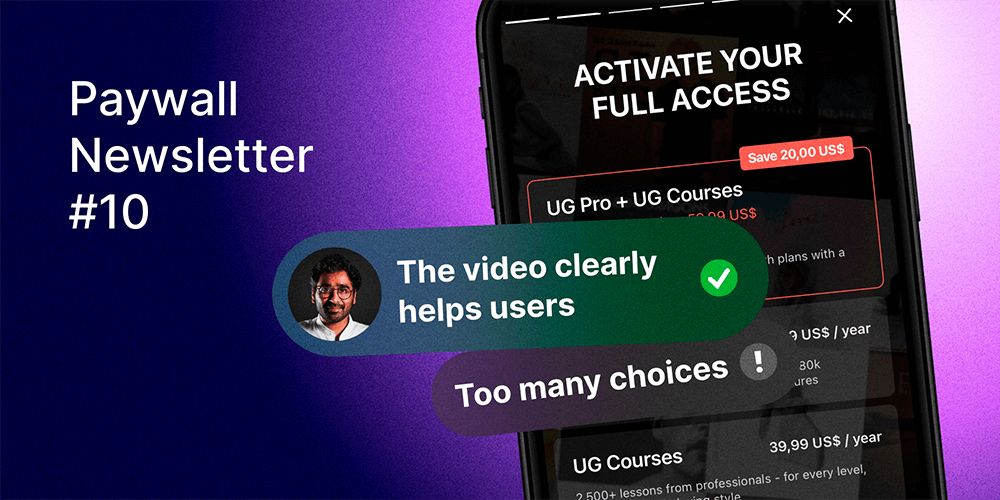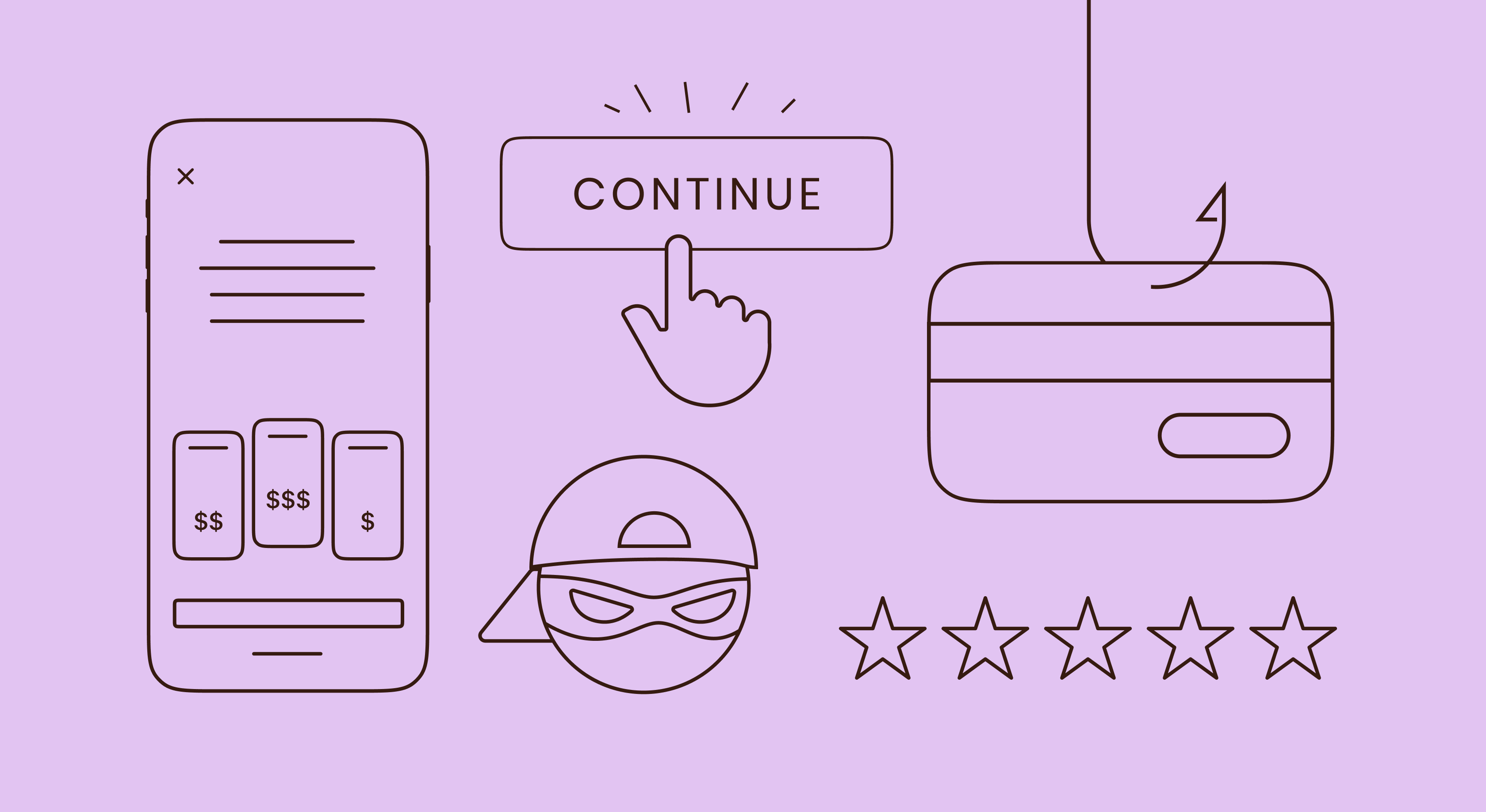How to promote a new mobile app: 7 effective strategies

Updated: September 19, 2023
12 min read
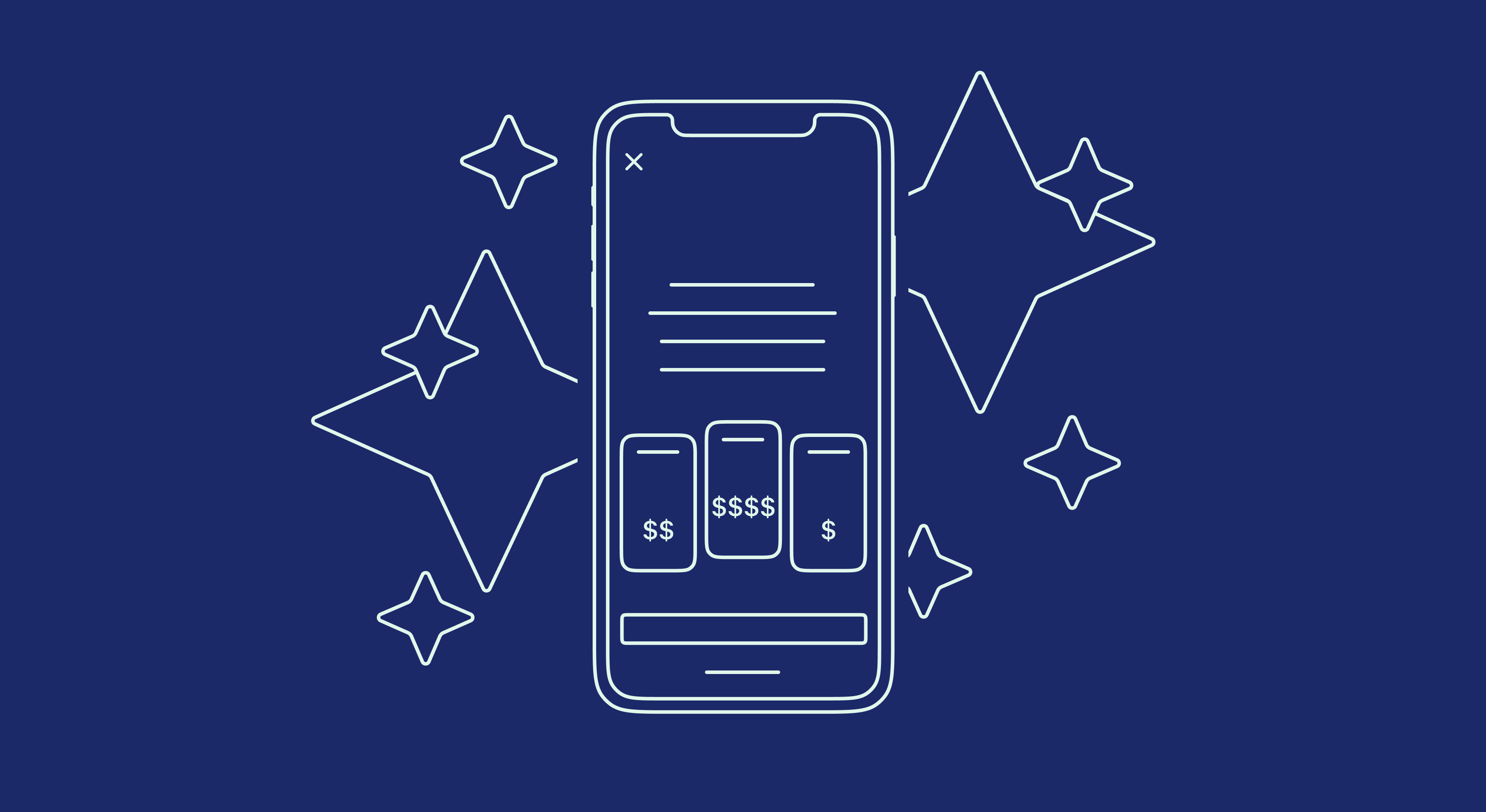
According to Statista, there are 3.5 million apps available on the Google Play Store and almost 2.2 million on the App Store. Huawei AppGallery, the third most popular store, has a little less than 100,000 apps so far, but it already has a huge audience of 580 million people. Every new app has to withstand huge competition in order to get the attention of users, which can only be done through promotion.
Together with Dmitry Apukhtin, Head of Performance at Ingate, we’re discussing how to properly advertise mobile apps.
Optimizing the app card in the store
ASO (App store optimization) helps the app rank better in the search results of the store. If the card is filled out correctly, it ranks higher in the search list and more people notice it. The number of app installs in this case grows organically.
In mobile development, there is a common practice to publish an app on at least three platforms: App Store, Google Play, and AppGallery. If you choose to publish it only in one store, you can lose a significant amount of users, because these stores have different audiences that practically never overlap.
The App Store, Google Play, and AppGallery each have unique features and optimization rules that are described in their guidelines. But at the basic level, ASO for any store includes:
- Choosing relevant keywords for the metadata (title and description)
- Creating attractive images and videos
- Working with reviews and app rating
1. Choosing keywords
First of all, the app’s ranking depends on the text in the card. The store’s search works just like any regular search engine, e.g. Google. The place of a particular app in the search results is determined by how well it matches the keywords from the user’s query. For example, a meditation app won’t rank high in search results if it doesn’t have the word “meditation” in its title or description.
When optimizing metadata, it’s important to know which fields are indexed. For example, the app description is indexed for search in Google Play and AppGallery, but not in the App Store. The length of the text is also important: in AppGallery, the title and description fields are twice as long as in other stores: 64 and 8,000 characters, respectively.
2. Making the card attractive
The card’s visual appeal to the users is an important factor for ASO. People love high-quality beautiful icons, screenshots, promo images, and video previews. This optimization step needs as much attention as working with the metadata.
One of the trends in ASO for the Apple App Store is in-app events that appear in search results, e.g., a movie premiere for a streaming service or an in-game competition.

3. Raising the app’s rating
The last element of ASO is working with reputation, that is, ratings and reviews. You can ask your users right in the app to go to the store and rate it or leave a review. It can be difficult to motivate people to do this, so developers usually offer bonuses, like a special item in the game or special subscription terms.
Attracting users through ads
When you don’t get enough organic traffic from the search results of the store, you should look for a new source of user acquisition. There are several things to try:
- The store ad manager;
- Ad networks;
- Social networks;
- In-app ads.
4. The store ad manager
The stores have their own advertising managers that can be used for promotion: Apple Search Ads (ASA) in the App Store, Google Ads in Google Play, Huawei Ads in AppGallery.
Every store has more or less similar promotion mechanics, like promotional placement in a special area of search results or recommendations, banners on the main page or thematic collections of apps. The target action of ad campaigns in this case is installing the app and registering a new user.
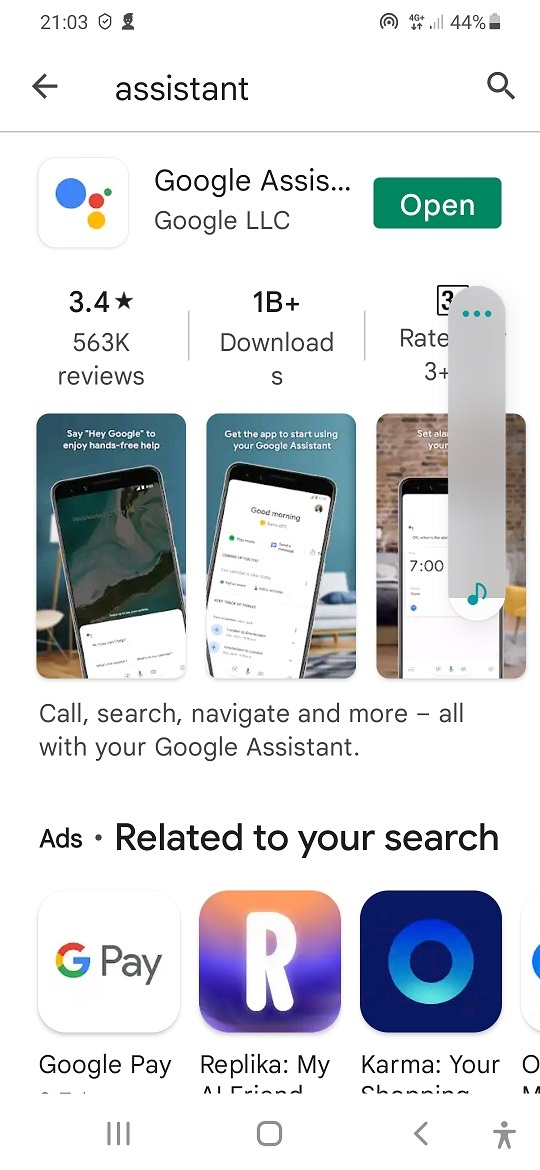
Ad managers also have mechanics for engaging those users who already have the app installed. In this case, they’re invited to perform a target action of the campaign: participate in an in-app event, enter the game for a daily bonus, or renew their subscription.
5. Ad networks
In addition to the app store, Google Ads places ads (creatives) on the Display Network (GDN), as well as in its own search engine. The network unites about 2 million sites, YouTube services, Google Maps, Gmail, and many others. Its main advantage is the audience of more than 1 billion people.
The ad network is based on targeting: the target audience is determined by interests, topics, search keywords, demographic parameters, and more. The ads are placed on those sites where the content meets the specified parameters. The GDN shows banner ads or other advertisements to a cold audience, which means that people weren’t specifically looking for the app and most likely won’t install it right away. Such reach-focused advertising allows more potential users to learn about the app.
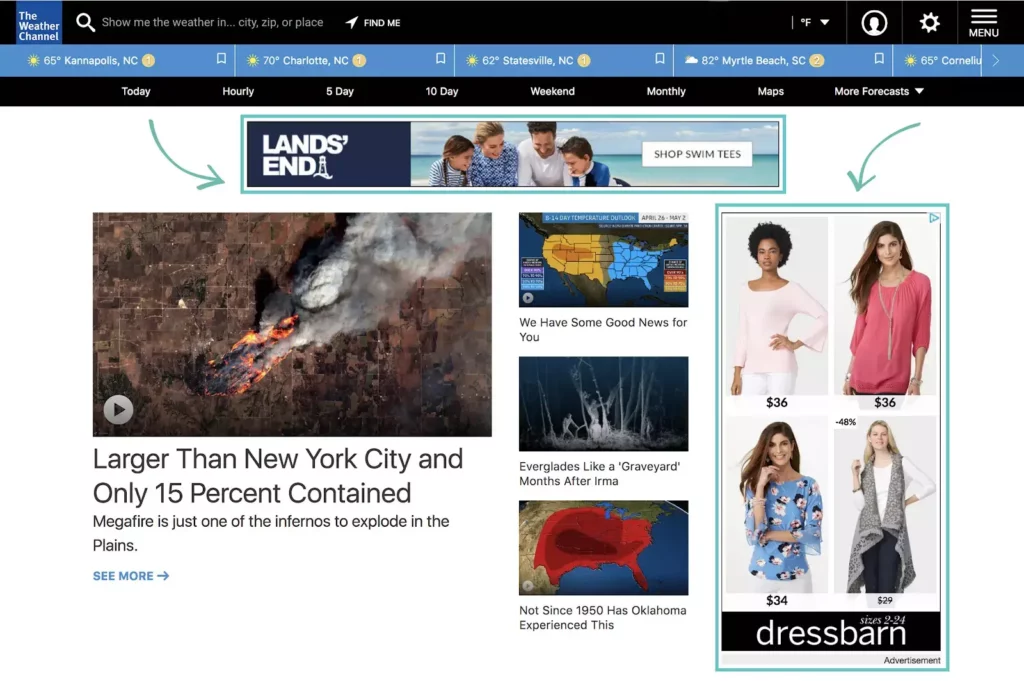
GDN has analogues that work in a similar way: Huawei Ads, Bing Ads, Microsoft Ads, and others.
6. Social networks
In social networks, promotion algorithms work a little differently. The target audience is segmented based not on keywords and search queries, but more on interests, which are determined by views, likes, and subscriptions of a person. The interest-determining model used for compiling the user’s feed also works great for displaying ads. Moreover, such a model knows a lot about the user, so the targeting works pretty effectively.
For the social networks that are united in one common network, ad campaigns are configured through a single account. For example, Facebook publishes creatives also on Instagram, Messenger, and Audience Network.
Social networks like Instagram or TikTok are convenient to use for promoting apps because the user is already holding a smartphone. After watching the ad, they can immediately go to the target action – installing the app from the store.

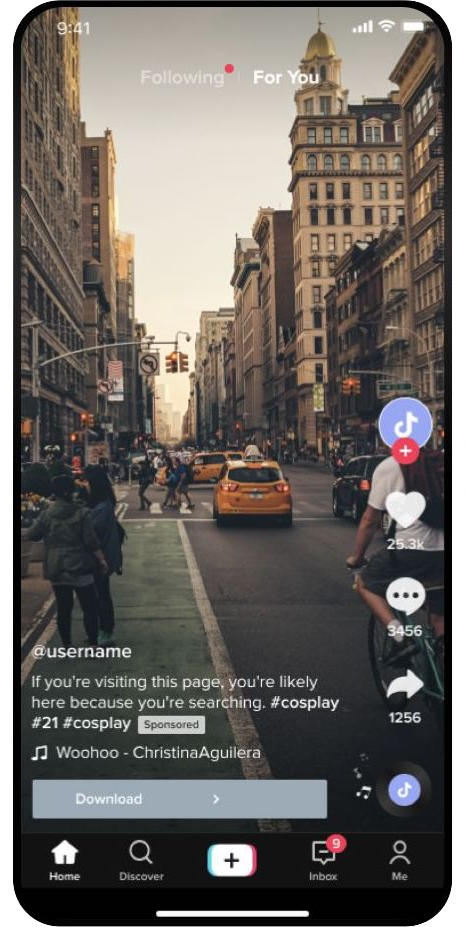
Another way to promote through social networks is to work with bloggers. They must captivate the audience and motivate them to download the app. With this kind of advertising, it’s important to correctly measure the conversion rates. To do this, you can use promo codes and master links for installation.
Bloggers can place native ads in posts, stories, and short videos like Reels. Streams and let’s play videos work well for mobile games, when for the apps of other categories they may go with the real-life examples of use, like showing how to enter daily expenses into a budgeting app.
7. In-app ads
Another promotion option is the placement of in-app advertising, i.e., ads inside other apps. Such ads are shown by free apps, which can be one of their ways to monetize, and some paid ones during the trial period.
Ads in third-party apps can be:
- Banner – simple ad in the form of a picture or animation that occupies a part of the screen;
- Interstitial – a full-screen video or image that appears when the user switches between app screens;
- Interactive – the user can try part of the gameplay or features of the app;
- Reward – for viewing ads of this type, the user receives a bonus, such as in-game currency.
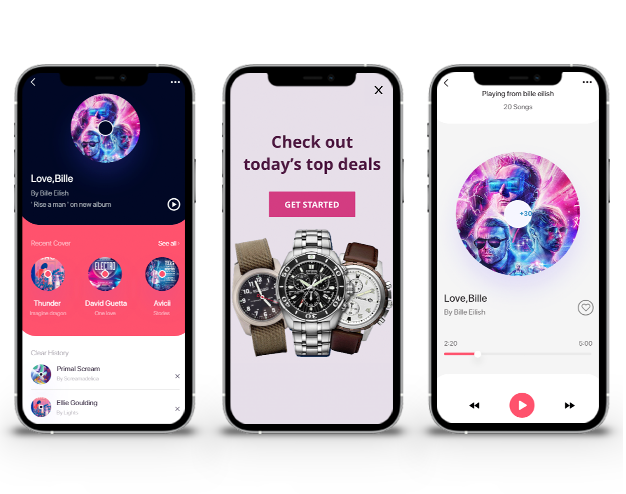
You can manage in-app advertising through GDN or other advertising networks, as well as through platforms that specialize in in-app traffic, like Applovin, Unity Ads or Yabbi.
10 ideas
to increase
paywall conversion
Get an ebook with insights
and advice from top experts
How to choose the right method for promoting your app
You should always start the promotion with ASO. When an app first hits the store, the search algorithm must properly rank it and show it to the users in the search results. This will give you the first organic traffic. The number of installs will largely depend on the relevance of the keywords, description and attractiveness of the card. At the same time, it’s also important to get positive reviews and raise the rating.
ASO can also be applied if the app is not in the top of the search results. Users rarely look past the first 10-12 lines of search results. If your app is below the top 10 in its category, chances are the audience won’t even see it. In this case, the card optimization helps to climb a little higher in the SERP.
Organic user growth on ASO rarely exceeds 10-20%, so after the card is optimized, it’s necessary to approach other promotion methods.
The next vital promotion step is setting up advertising in the store. The users who need a specific app will use the store search first. This is the hottest audience, so working with ASA, Google Ads, and Huawei Ads always results in a good conversion.
The second most important promotion channel is social networks. The audience is colder there, so the conversion to installs will be lower than that from the store ads. At the same time, social networks are good at increasing audience reach and helping people learn about the app.
Ad networks work best at the audience scaling stage. If there is not enough traffic from the store and social networks, you need to tell a large number of people about the app. This task is primarily solved by the Google Display Network, but you can manage ads in other networks as well.
In-app advertising and native integrations with bloggers also aim at increasing the reach. It’s useful to have these promotion methods as additional ones when all the other channels for attracting the audience are already set up and work with maximum efficiency.
The best promotion strategy is to try different acquisition channels and creatives, test hypotheses, and track ad results. To do this, you can use analytics services such as AppsFlyer or Adjust. But it may be confusing to work with a bunch of separate services, as you simply get too many tabs, windows, and data tables. In this case, you can use Adapty as a single service that combines everything in one place. It has a built-in integration with ASA, which means you can fully track all your ad campaigns right in the service. The aforementioned analytics systems, AppsFlyer and Adjust, are also integrated in Adapty, along with many other 3rd-party services, which makes it easier to work with data. In addition to that, Adapty offers more opportunities for growing your app’s revenue: paywall A/B testing, cohort analysis, and detailed event analytics.
Recommended posts




